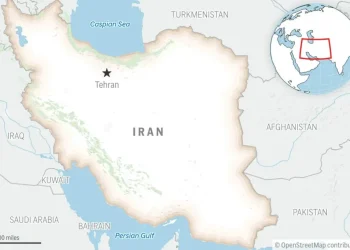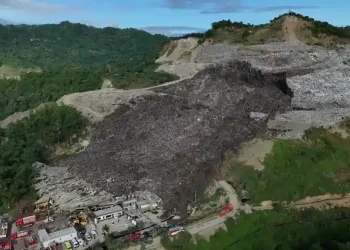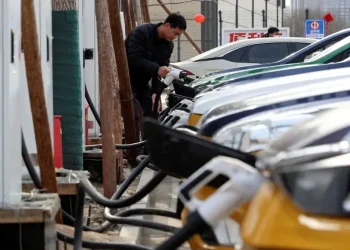Tour de France Shakes Up Tradition with Montmartre Finale, Raising Rider Safety Concerns
PARIS — For the first time in half a century, the Tour de France will break with its iconic finale format—swapping the traditional Champs-Élysées sprint for a dramatic climb through Montmartre, one of Paris’s most picturesque but punishing hills.
The shift, announced by race organizers last week, has ignited controversy among riders and fans alike. With the final stage set to take on cobbled streets and steep inclines in the shadow of the Sacré-Cœur basilica, critics are warning the spectacle could come at the cost of rider safety and tradition.
A Historic Shift in the Tour’s Final Stage
Since 1975, the Tour de France has closed with a largely ceremonial ride into Paris, culminating in a fast-paced sprint finish on the Champs-Élysées. But this year’s race, which begins July 5 in Lille, will end with a twist—one that could upend expectations.
Organizers confirmed that riders will tackle the iconic Montmartre climb before concluding the 3,320-kilometer (2,060-mile) race in the heart of Paris. While full route details won’t be unveiled until Wednesday, the decision marks a bold departure from past Tours.
At the 2023 Paris Olympics, Montmartre drew massive crowds and electrifying energy during the cycling events. Tour organizers say they hope to capture that same momentum by incorporating the climb into this year’s grand finale.
Riders Voice Safety and Strategic Concerns
Not all are welcoming the change. Elite cyclists have voiced concerns over the narrow, cobbled climb—especially with a full peloton of 150 riders fighting for position on the final day.
“Montmartre was nice at the Olympics. Great atmosphere, for sure,” said two-time Tour de France winner Jonas Vingegaard. “But we were down to 15 riders. At the Tour, there will be more than 150 jostling for space on a tight climb. That’s asking for chaos.”
Remco Evenepoel, who won Olympic gold in Paris last year, also criticized the move. He argued that riders would be exhausted by then and warned the new route could unfairly disadvantage sprinters.
“Sprinters usually get one big shot at glory in Paris,” he told Belgian outlet Sporza. “That’s now being taken away. Montmartre is an unnecessary obstacle at that point in the race.”
Risk of Weather and Disruption Looms
Team managers are also wary of external factors like weather, which could make the Montmartre finish even more dangerous.
“Imagine a light rain on those cobbles,” said Marc Madiot, manager of Groupama-FDJ. “Do we want a spectacle? A tribute to the Olympics? Or do we want a fair end to a grueling three-week race? This could put everything that’s happened in jeopardy.”
Madiot’s concerns reflect a broader unease: If the general classification (GC) remains tight heading into the final day, the yellow jersey could be decided on terrain many consider unsuitable for such high stakes.
What It Means for the Race — and the Riders
The traditional final-day sprint has long been seen as a reward for sprinters who often sacrifice personal glory in support roles throughout the Tour. The Champs-Élysées stage is not only prestigious but also one of the few moments where they’re in the spotlight.
This year’s Montmartre route changes that equation.
If the climb comes near the finish or is repeated, pure sprinters could be dropped before the line. If GC times are close, the yellow jersey could be on the line in a finale that’s anything but ceremonial.
Tour de France 2025: Key Dates
-
Start: July 5 from Lille, northern France
-
Final Stage: Paris via Montmartre (exact route details to be revealed Wednesday)
-
Women’s Tour Start: July 26 from Vannes, Brittany
As race organizers push for innovation and spectacle, they now face mounting pressure to balance excitement with rider safety and the Tour’s rich heritage.
One thing is certain: This year’s finale will be one of the most unpredictable in modern Tour history.
This article was rewritten by JournosNews.com based on verified reporting from trusted sources. The content has been independently reviewed, fact-checked, and edited for accuracy, neutrality, tone, and global readability in accordance with Google News and AdSense standards.
All opinions, quotes, or statements from contributors, experts, or sourced organizations do not necessarily reflect the views of JournosNews.com. JournosNews.com maintains full editorial independence from any external funders, sponsors, or organizations.
Stay informed with JournosNews.com — your trusted source for verified global reporting and in-depth analysis. Follow us on Google News, BlueSky, and X for real-time updates.














